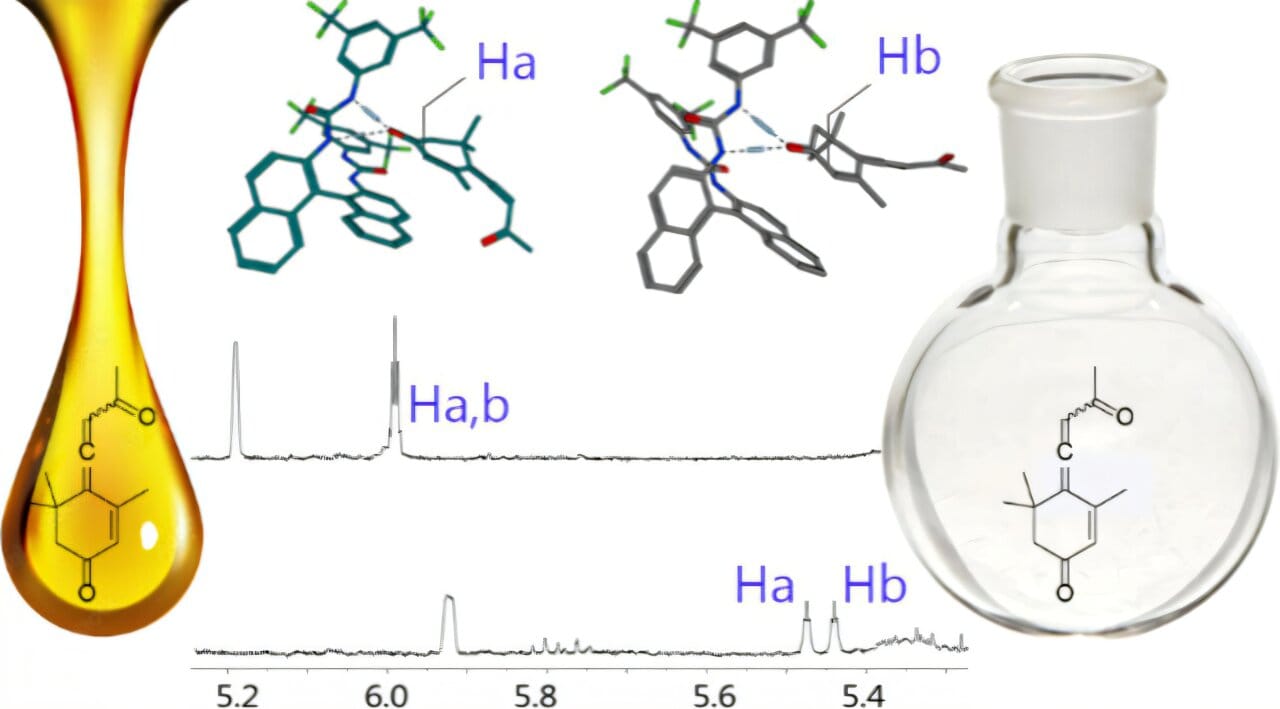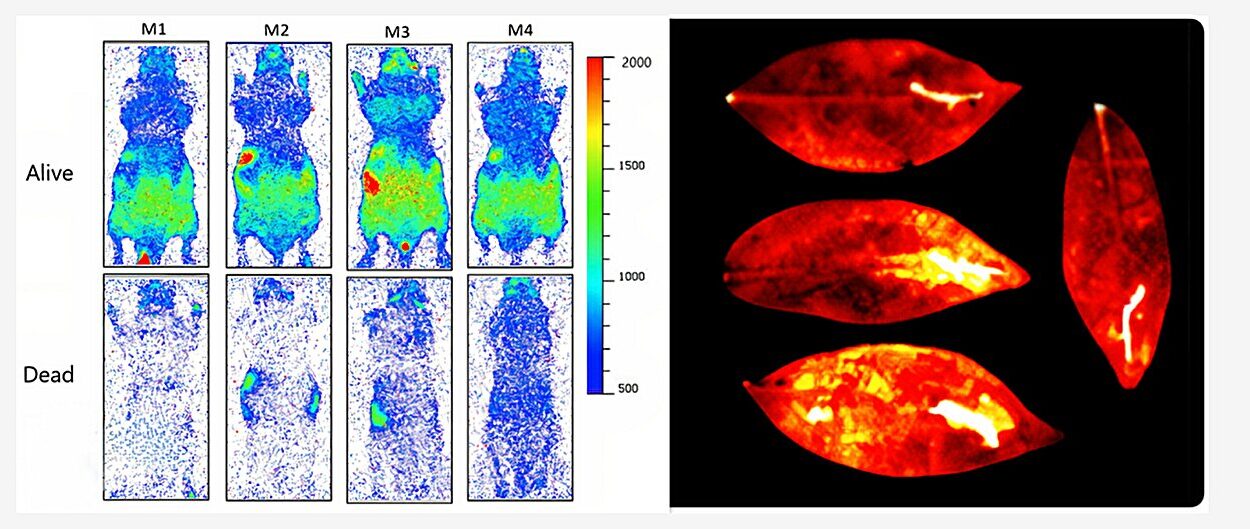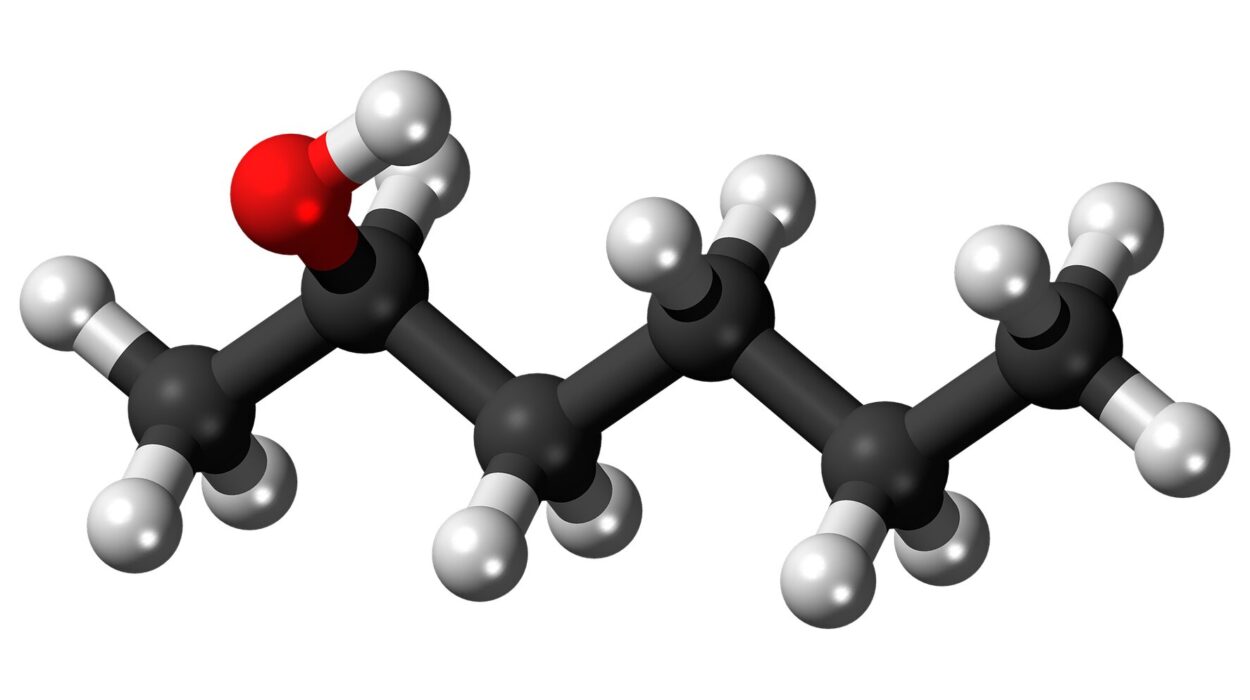In a quiet corner of Prague, nestled within the laboratories of the University of Chemistry and Technology, a team of chemists has accomplished something that might sound almost poetic: they’ve recreated the natural protection that wildflowers offer bumblebees—inside a beaker.
In a recent study published in the Journal of Natural Products, researchers led by Dr. Pavla Perlíková announced they’ve successfully synthesized callunene, a rare compound found in the nectar of heather (Calluna vulgaris). Why does this matter? Because callunene is one of nature’s secret weapons, protecting bumblebees from a gut parasite so devastating it can impair their ability to forage and threaten entire colonies.
And now, thanks to modern chemistry and a keen understanding of molecular structure, this natural protection can be replicated and scaled in the lab—potentially turning the tide in the fight to save pollinators.
The Invisible Enemy: Crithidia bombi
For most of us, a bumblebee buzzing between blooms is a symbol of life itself—of food, of growth, of springtime in motion. But for the bees, danger often comes not from pesticides or predators, but from something far smaller: a single-celled gut parasite known as Crithidia bombi.
This microscopic invader infiltrates the digestive systems of bumblebees, where it wreaks havoc on their internal organs. Infected bees struggle to navigate, unable to locate nectar-rich flowers. In the wild, this means starvation. In agricultural settings—where bumblebees are raised and relied upon for crop pollination—it can result in mass colony failures, reducing yields and spreading infections from greenhouse hives to vulnerable wild populations.
The effects of Crithidia aren’t merely biological. They ripple through ecosystems, threaten food security, and put added strain on already-fragile pollinator communities. That’s where callunene steps in.
Nature’s Secret Defender
Callunene is found in the nectar of heather, a hardy, purple-flowered plant that blankets heathlands across parts of Europe. Bumblebees that forage on heather are unknowingly dosing themselves with a natural medicine. The compound doesn’t kill the parasite directly; instead, it makes the gut environment less hospitable for infection, acting as a prophylactic shield that reduces the risk of illness.
But there’s a catch. Heathland habitats are disappearing, and extracting callunene from nectar is neither efficient nor scalable. Even in heather-rich regions, isolating enough of the compound to protect commercial pollinator colonies is nearly impossible.
So while nature had handed us a tool to fight a major pollinator threat, we couldn’t yet use it—until now.
Rebuilding Callunene From Scratch
The team at UCT Prague, led by Dr. Pavla Perlíková, set out to do something no one had yet accomplished: develop a reliable, laboratory-based synthesis for callunene that could be economically and technically feasible at scale.
“It wasn’t just about copying the molecule,” said Dr. Perlíková. “We needed to solve its stereochemical structure first—to understand precisely how it behaves in three dimensions, and whether the form we made was the same as what bees encounter in nature.”
In chemistry, stereochemistry refers to the spatial arrangement of atoms in a molecule—especially important for compounds like callunene that exist in two “mirror image” forms, known as enantiomers. These left-handed and right-handed versions often have radically different effects in biological systems. In pharmaceuticals, for instance, one enantiomer might be therapeutic while the other is inactive—or even harmful.
Fortunately, nature gave the researchers a clue. By analyzing heather-derived callunene using advanced nuclear magnetic resonance (NMR) spectroscopy, they discovered that the natural compound is a racemic mixture—a 50/50 blend of both enantiomers.
This was the breakthrough moment.
Chemistry Meets Opportunity
“When we confirmed that natural callunene is racemic, everything changed,” explained Dr. Perlíková. “It meant we didn’t need to isolate or purify a specific enantiomer. The synthetic mixture—produced in five chemical steps—was effectively identical to what’s found in heather nectar. That removed one of the biggest barriers to real-world application.”
The economic significance is enormous. Many bioactive molecules require painstaking purification to isolate the active enantiomer, a process that’s time-consuming, wasteful, and costly. By confirming that the full racemic mixture is effective, the Prague team sidestepped this issue entirely.
Now, synthetic callunene can be added directly to bee feed, offering a practical solution for beekeepers and commercial growers battling Crithidia outbreaks.
More Than Chemistry: A Victory for Conservation
This is not just a story of molecular bonds and lab glassware—it’s a reminder that sometimes the smallest victories in science have the biggest impacts on life.
Bumblebees are keystone pollinators, essential to the reproduction of flowering plants and to the cultivation of crops like tomatoes, strawberries, and peppers. Their work is not optional. Without them, both ecosystems and economies would face collapse.
But modern agricultural practices—particularly indoor farming and greenhouse operations—have placed enormous pressure on managed bumblebee colonies. In these controlled environments, where bees are trucked in and deployed like laborers, pathogens like Crithidia can spread rapidly. Worse, infected commercial bees may venture out, infecting local wild populations and accelerating the decline of native pollinators.
Callunene offers a way to break that cycle. By supplementing bee diets with this compound, farmers and beekeepers could reduce infection rates before they even begin. Healthy bees mean more productive colonies, more effective pollination, and fewer risks to wild populations.
The Road Ahead: From Beaker to Bloom
Of course, this discovery is just the beginning. The synthetic callunene developed in Prague now paves the way for prophylactic trials, where researchers will test its effectiveness at scale. These studies will ask critical questions: How much callunene is needed to protect a colony? How long does the protection last? Are there any unintended side effects?
If those hurdles are cleared, synthetic callunene could become a standard additive in bumblebee management, much like vitamins or probiotics. The applications could extend beyond agriculture too, into conservation efforts where wild bee colonies are being rehabilitated or reintroduced into former habitats.
And in a broader sense, this story is part of a growing movement in science—one that looks to mimic and amplify nature’s own solutions, rather than replace them.
Chemistry With a Pulse
Dr. Perlíková’s work reminds us that chemistry is not just about reactions and reagents—it’s about life. It’s about finding the fragile threads that bind ecosystems together and learning how to strengthen them.
From the tiny compass of a bumblebee’s gut to the vast fields of human agriculture, the implications of this discovery stretch far. By replicating a single molecule from a flower, we may have found a way to defend the defenders of our food supply—a victory for science, for nature, and for the millions of unseen wings keeping our world in motion.
As Dr. Perlíková put it: “We can’t save pollinators by simply admiring them. We need to understand them, protect them, and give them every advantage we can. Sometimes that starts with one molecule.”
More information: Jiří Ferenczei et al, Stereoanalysis of the Antiparasitic Natural Product Callunene and Its Synthetic Intermediates, Journal of Natural Products (2025). DOI: 10.1021/acs.jnatprod.4c01424






